Design Workshop: A Recipe for Inspiration in the New Year
http://decor-ideas.org 12/26/2014 02:13 Decor Ideas
The shorter days and longer nights when late fall greets early winter are a time of reflection for me, a time for sowing the seeds of inspiration for winter work. I often fortify my reserves of inspiration by observing the world around me through a different lens.
What follows is a short list of the threads and inspirations that I’ve been tracking lately. Some persistently lurk just beneath the surface, whispering and waiting for the right opportunity, the right site or the right client, while others are more thematic and make appearances again and again. Perhaps they’ll help to replenish some of your creative stores as well.
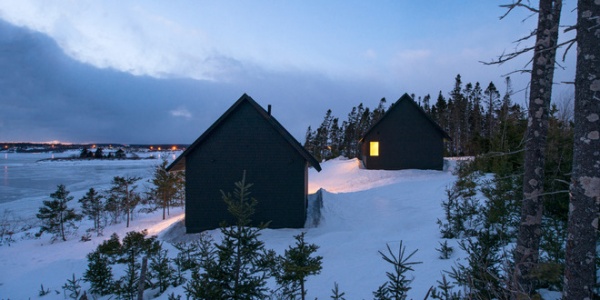
The humble. We live in an overly complicated, busy world. Omar Gandhi’s design aesthetic and architecture are refreshingly direct, simple and spare — he creates humble containers for life. His Black Gables project, shown here, is an understated complement to the natural, unkempt beauty of Nova Scotia.
See more on humble materials
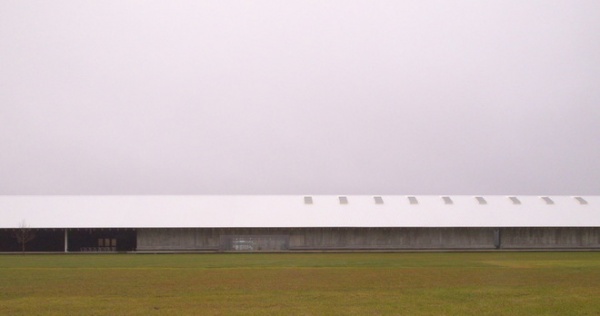
The monumental. The simple shape of a tobacco barn, its purely functional form and doors a monumental gesture extending hundreds of feet in length, is beautiful in its sheer scale. Whenever I find myself stuck in a design rut, I draw a single line as long as I can across the page and ask, “What would happen if I made it 10 times larger?”
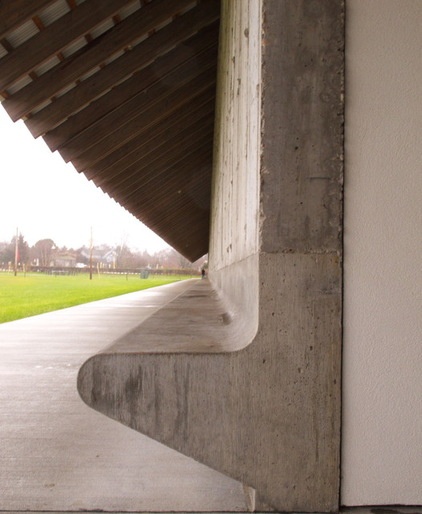
Small gestures can be easily lost. Large ones are intentional and impossible to miss.
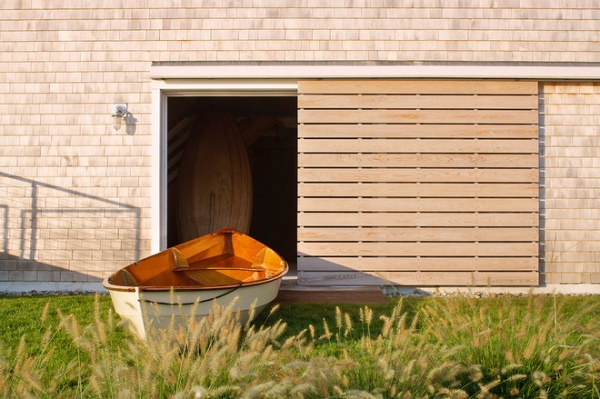
The seasonal. Woodsheds are filled and emptied over the course of a winter. The act of putting things away according to season and weather, the archiving of life’s objects, can greatly impact our architecture. It can shape a building and influence how we position or enclose our living spaces. We can design places with this in mind, to be moved into or out of depending on the season — withdraw from them in winter and expand into them during summer. Discovering old places in the spring and shuttering them in the fall marks time in a physical way.
See more on outdoor wood storage
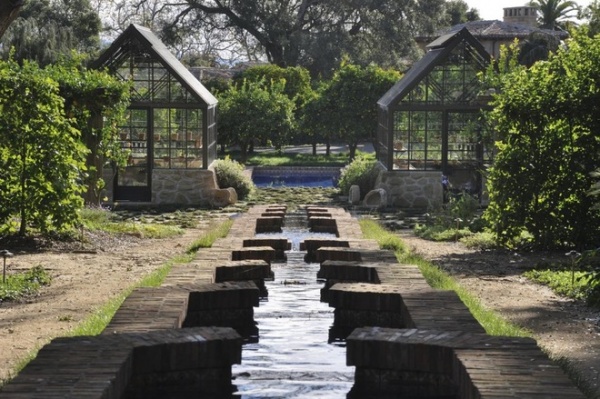
Water. We work so hard to keep water out of our buildings — it’s a force we rarely embrace and seek to coexist with. I’m searching for ways to integrate water into my work functionally and aesthetically. I’m thinking about all the ways to exploit this sensory medium. To capture it, contain it, use it to reflect light and incorporate it for sound and for irrigation. It’s a search for a symbiotic relationship between architecture and water, rather than an adversarial one.
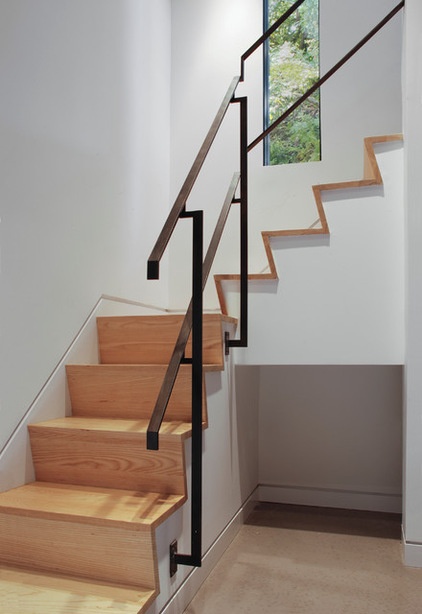
Craft. Cared for, considered, designed and artfully assembled: The custom and unique offer value far beyond the sum of their individual components. The term “craft” is rich with meaning. There are the disciplines of design, fabrication and construction — as well as the crafted objects, the results of the work and the care that went into their making. I look for ways to consume less of the manufactured and produce more of the crafted.
See more on craft
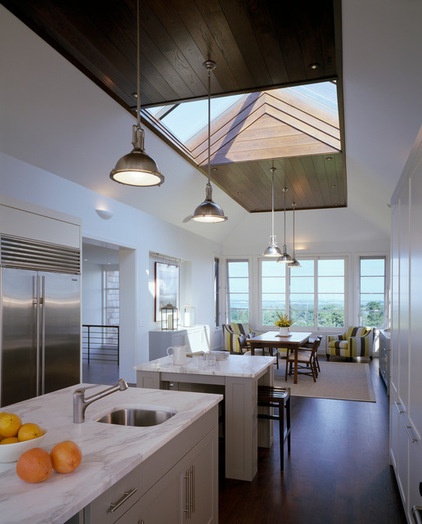
Light. This is a thematic preoccupation, but lately I’m thinking more about the variety of ways we can introduce natural light into spaces, especially those that enhance our perception of the environment that surrounds us. Illuminating interior spaces with daylight saves energy, but more important, it makes us more productive, happier individuals.
See more on the benefits of natural light
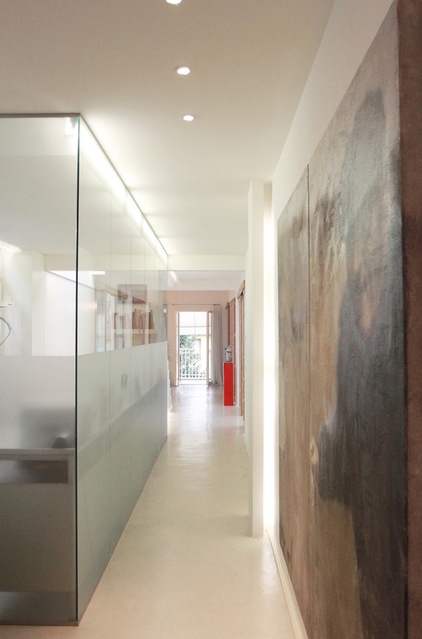
Mystery. To reveal things slowly builds anticipation and engages the senses. Adding layers of discovery, especially in a small home, can increase its perceived size and builds an experiential dimension, as with the project shown here.
One of my favorite contemporary examples of this is the entry sequence to Rick Joy’s ">
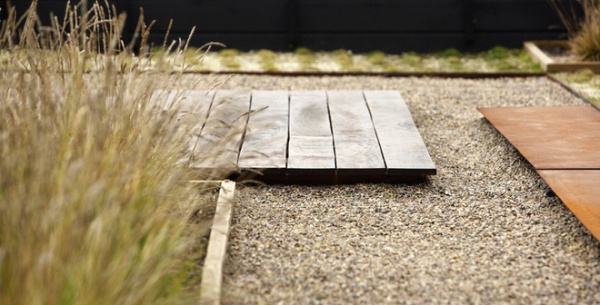
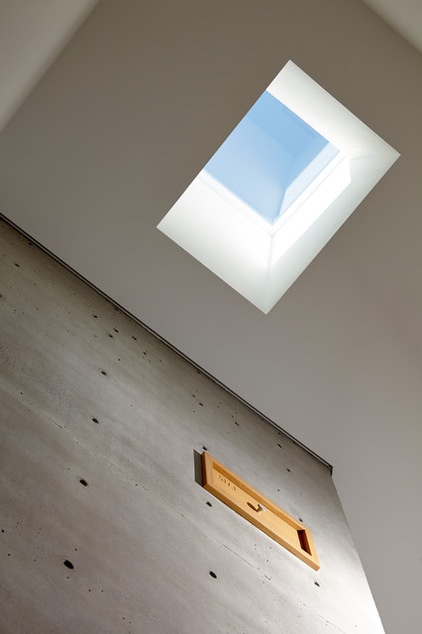
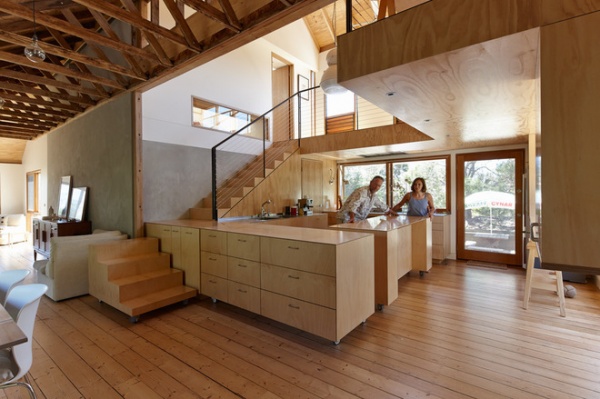
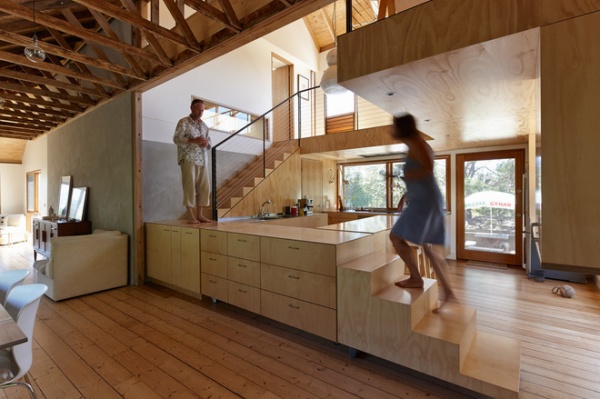
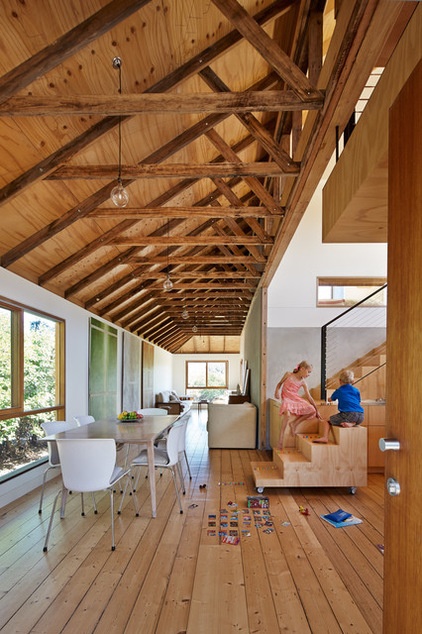
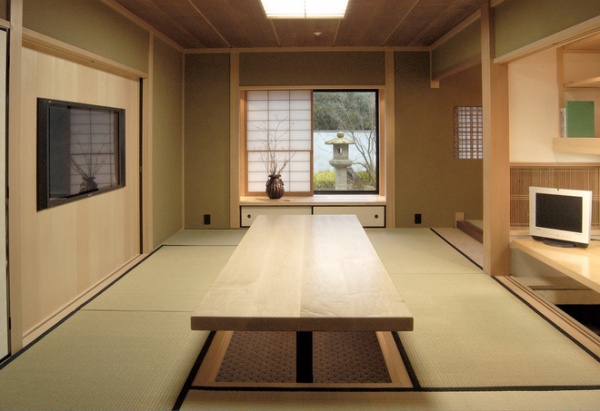
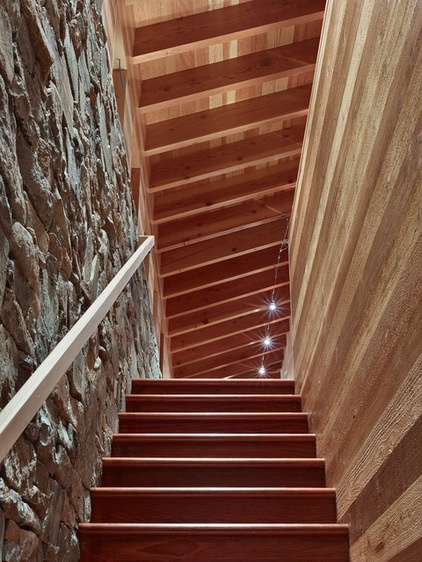
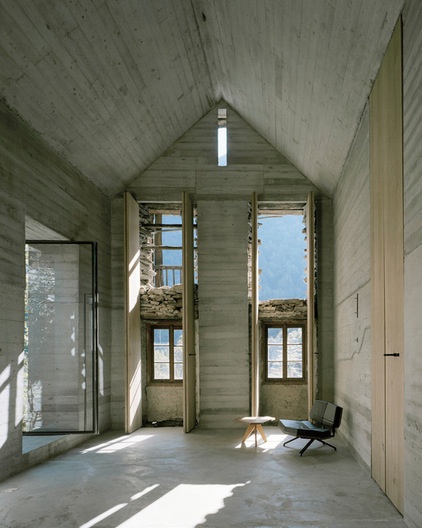 The subtle. There’s much to be said for a restrained detail imparted by the process of making. The superficially plain gives way to a hidden layer of meaning upon closer examination. No need to rely on paint or extraneous decoration; the evidence of the act of making is the only ornamentation necessary.The simple. It’s hard work getting to simple. Separating the signal from the noise, seeking the essence of a place or thing. Often we complicate things for the sake of complexity, not because it lends more meaning. The simple is efficient. Its beauty lies in the unspoken.Delight. The intangible quality of a space. The familiar clap of the swinging screen door against the porch jamb. In what ways can we build the intangible into our homes? Here a time capsule is embedded in the wall, a drawer in plain view but far out of reach. It acts as a reminder of how time shapes our lives.The kinetic. I’m fascinated with architecture that can be changed by its inhabitants, a container for living that’s infinitely adaptable. This mutable kitchen can morph to host a cooking class or become a desk or an island, and can even act as a stair platform.I know what you’re thinking: A kitchen counter that doubles as a stage is, well, not for everyone. Perhaps it’s proof that Australians have more fun, or they have really clean feet.I still love the idea.See more on kinetic architectureAll things Japanese. I’ve been studying up on the rich cultural and architectural history of Japan. The unique blend of asymmetry, references to nature, proportioning of systems, ingenious construction techniques, joinery and incorporation of ritual into everyday spaces has provided me a new lens through which to view the world.Learn about the Japanese engawaTexture. Pritzker-prize-winning architect Tadao Ando is known for his spare materials palette: concrete, glass and wood. By varying the texture and juxtaposition of just three materials, he’s able to create sensorially rich spaces. Texture changes allow subtle variation in light and shadow to infuse each material with depth and interest. Instead of being flat and one-dimensional, they’re continually changing.Texture affects light and sound diffusion. It can affect how likely you are to touch a surface. It can distinguish function — rough for traction, smooth for sitting. And textural dynamics support the notions of simplicity discussed earlier.See more on materials that tell a storyOld and new. Winter is a time of rebirth too, a time when old becomes new again. It’s at that intersection, that place between, that we’re able to truly appreciate what each offers the other. New beside old appears exceptionally fresh and clean, while the new underscores the history, heritage and depth of the old. One lacks distinction without the contrast provided by the other.Our work as architects can’t help but be informed by the work of those who came before us. It’s our challenge to find ways to respect that history without simply repeating the forms or motifs of an architectural solution from long ago.As these seeds of inspiration germinate within me, I hope they inspire you to evolve your architecture, creating work that is adapted to and informed by the world that surrounds us today.Your turn: What will inspire your work in 2015?More: 8 Things Successful Architects and Designers Do
The subtle. There’s much to be said for a restrained detail imparted by the process of making. The superficially plain gives way to a hidden layer of meaning upon closer examination. No need to rely on paint or extraneous decoration; the evidence of the act of making is the only ornamentation necessary.The simple. It’s hard work getting to simple. Separating the signal from the noise, seeking the essence of a place or thing. Often we complicate things for the sake of complexity, not because it lends more meaning. The simple is efficient. Its beauty lies in the unspoken.Delight. The intangible quality of a space. The familiar clap of the swinging screen door against the porch jamb. In what ways can we build the intangible into our homes? Here a time capsule is embedded in the wall, a drawer in plain view but far out of reach. It acts as a reminder of how time shapes our lives.The kinetic. I’m fascinated with architecture that can be changed by its inhabitants, a container for living that’s infinitely adaptable. This mutable kitchen can morph to host a cooking class or become a desk or an island, and can even act as a stair platform.I know what you’re thinking: A kitchen counter that doubles as a stage is, well, not for everyone. Perhaps it’s proof that Australians have more fun, or they have really clean feet.I still love the idea.See more on kinetic architectureAll things Japanese. I’ve been studying up on the rich cultural and architectural history of Japan. The unique blend of asymmetry, references to nature, proportioning of systems, ingenious construction techniques, joinery and incorporation of ritual into everyday spaces has provided me a new lens through which to view the world.Learn about the Japanese engawaTexture. Pritzker-prize-winning architect Tadao Ando is known for his spare materials palette: concrete, glass and wood. By varying the texture and juxtaposition of just three materials, he’s able to create sensorially rich spaces. Texture changes allow subtle variation in light and shadow to infuse each material with depth and interest. Instead of being flat and one-dimensional, they’re continually changing.Texture affects light and sound diffusion. It can affect how likely you are to touch a surface. It can distinguish function — rough for traction, smooth for sitting. And textural dynamics support the notions of simplicity discussed earlier.See more on materials that tell a storyOld and new. Winter is a time of rebirth too, a time when old becomes new again. It’s at that intersection, that place between, that we’re able to truly appreciate what each offers the other. New beside old appears exceptionally fresh and clean, while the new underscores the history, heritage and depth of the old. One lacks distinction without the contrast provided by the other.Our work as architects can’t help but be informed by the work of those who came before us. It’s our challenge to find ways to respect that history without simply repeating the forms or motifs of an architectural solution from long ago.As these seeds of inspiration germinate within me, I hope they inspire you to evolve your architecture, creating work that is adapted to and informed by the world that surrounds us today.Your turn: What will inspire your work in 2015?More: 8 Things Successful Architects and Designers DoRelated Articles Recommended












